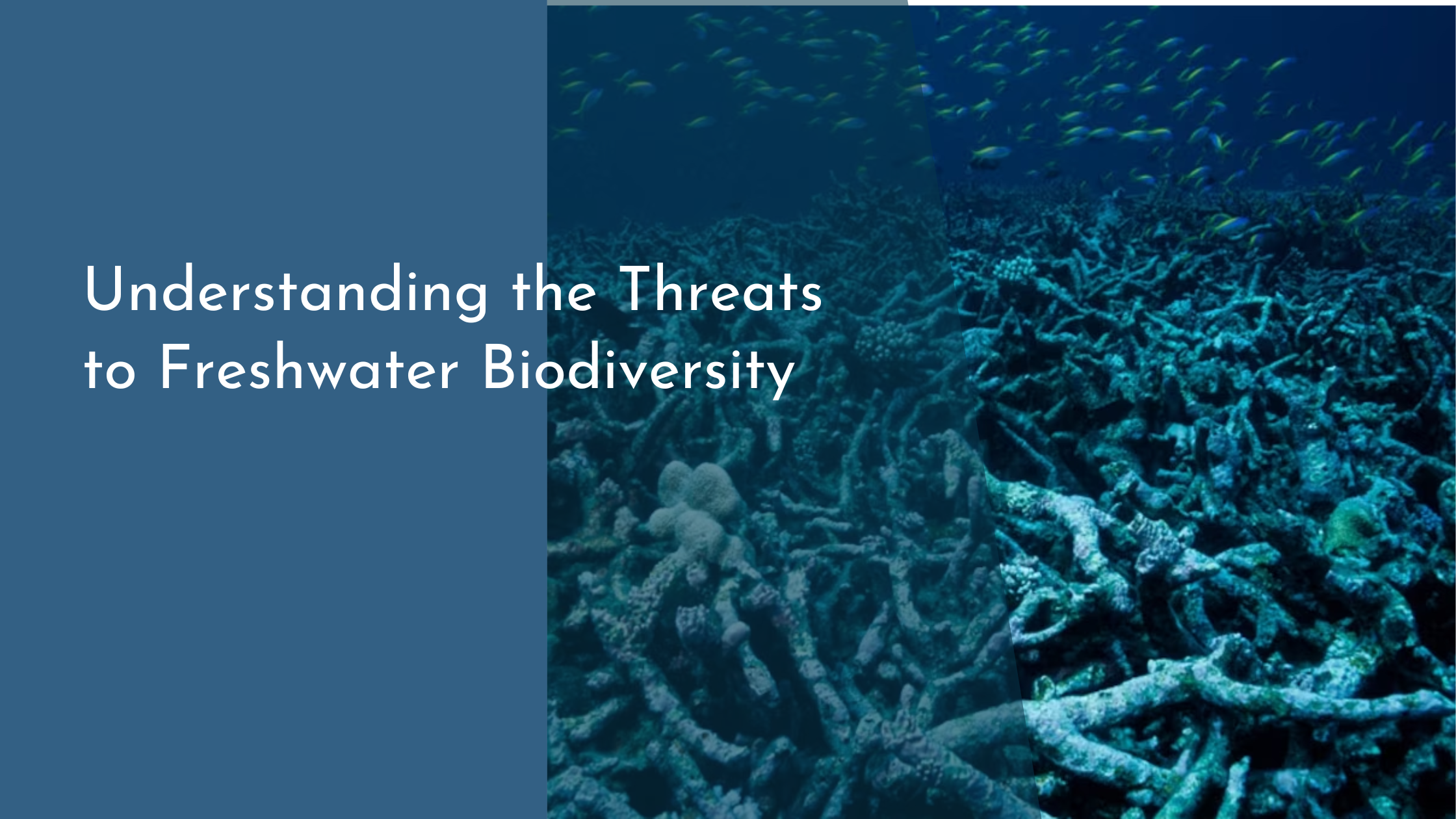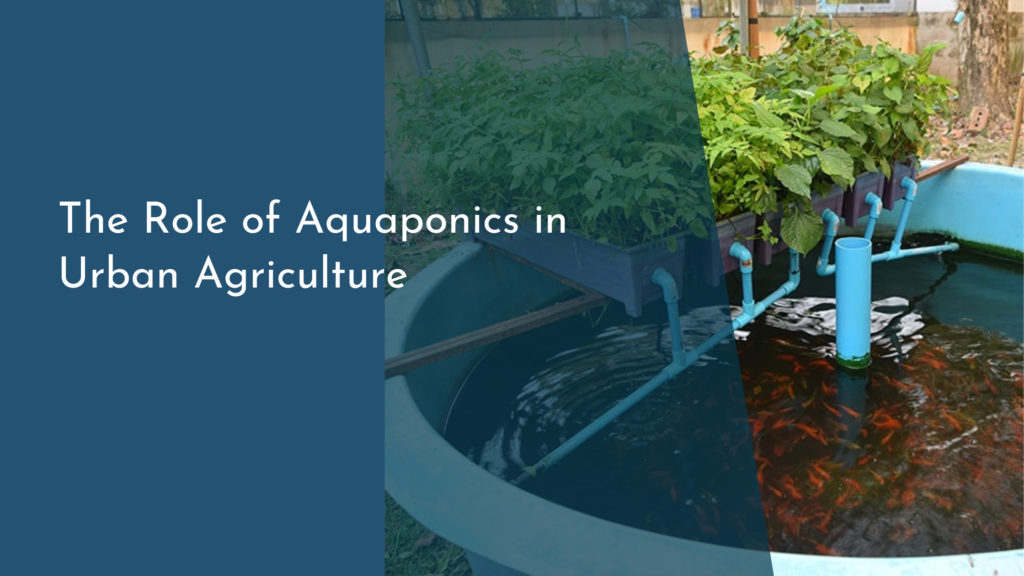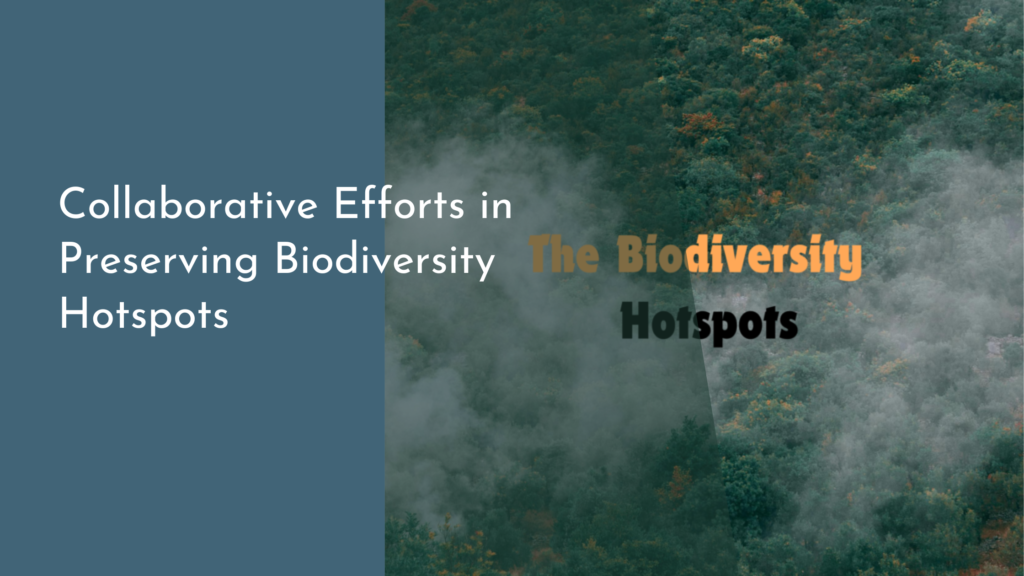Understanding the Threats to Freshwater Biodiversity
Freshwater ecosystems, including rivers, lakes, and wetlands, are among the most diverse on Earth, yet they are also some of the most threatened. These environments are home to a vast array of species that play vital roles in maintaining ecological balance and providing resources for humans. Understanding the threats to freshwater biodiversity is essential for preserving these crucial habitats. This article delves into the rich diversity of freshwater life, the key factors endangering aquatic ecosystems, the impact of human activities, and the ongoing conservation efforts to protect our water heritage.
Exploring the Rich Diversity of Freshwater Life
Freshwater ecosystems are teeming with life, from microscopic organisms to large mammals and everything in between. These habitats support an incredible variety of species, including fish, amphibians, reptiles, birds, and invertebrates. Freshwater environments are hotspots of biodiversity, as they host nearly 10% of all known species despite covering less than 1% of the Earth’s surface. This remarkable diversity is not only a source of wonder but also a vital component of global ecological health, with each species playing a unique role in its ecosystem.
Beyond the sheer number of species, the adaptations of freshwater organisms are equally fascinating. Many species have evolved specialized traits to survive in aquatic environments, such as fish with unique respiratory systems or amphibians with permeable skin for absorbing moisture and oxygen. Alongside these organisms, freshwater plants contribute significantly to the ecosystem, providing oxygen, food, and habitat structure. This diversity is crucial for the stability and resilience of these ecosystems, ensuring that they can continue to provide essential services both ecologically and economically.
Key Factors Endangering Aquatic Ecosystems
Despite their importance, freshwater ecosystems face numerous threats that endanger their rich biodiversity. Habitat loss is a major concern, as human activities such as agriculture, urbanization, and infrastructure development lead to the destruction and fragmentation of these environments. Wetlands are drained for farmland, rivers are dammed or diverted for water supply, and lakes are encroached upon by expanding cities. These changes disrupt the natural flow and connectivity of aquatic habitats, limiting the ability of species to move and thrive.
In addition to habitat loss, invasive species pose a significant threat to freshwater biodiversity. These are plants, animals, or pathogens that are introduced to new environments, often outcompeting native species for resources. Invasive species can alter food webs, degrade water quality, and even lead to the extinction of native organisms. The introduction of species like the zebra mussel or the Asian carp can have devastating effects on local ecosystems, highlighting the need for careful management and prevention strategies.
Human Impact: Pollution, Overuse, and Climate Change
Human activities have a profound impact on freshwater ecosystems, with pollution being one of the most pervasive threats. Industrial discharges, agricultural runoff, and untreated sewage introduce harmful chemicals and nutrients into waterways, leading to issues like eutrophication and toxic contamination. These conditions can cause massive algal blooms, deplete oxygen levels, and create dead zones where aquatic life cannot survive. Such pollution not only affects aquatic species but also poses health risks to humans who rely on these water sources.
Overuse of freshwater resources further exacerbates the strain on these ecosystems. With increasing demand for water in agriculture, industry, and domestic use, rivers and lakes are often over-extracted, leading to reduced flows and altered hydrological cycles. This overuse can cause the degradation of aquatic habitats and disrupt the delicate balance necessary for supporting diverse species. Additionally, climate change poses long-term challenges, as rising temperatures and altered precipitation patterns impact water availability and quality, further stressing freshwater ecosystems.
Conservation Efforts: Protecting Our Water Heritage
Fortunately, there are numerous efforts underway to conserve freshwater biodiversity and protect these vital ecosystems. Conservation organizations and governments worldwide have established protected areas, such as national parks and wildlife reserves, to safeguard critical habitats and species. These areas serve as refuges where ecosystems can function naturally, free from the immediate pressures of human activities. By preserving these spaces, we help maintain ecological integrity and support the natural processes that sustain biodiversity.
Beyond protected areas, community-led initiatives and sustainable practices are crucial for long-term conservation success. Efforts to restore degraded habitats, manage invasive species, and implement water-efficient technologies are making a positive impact. Education and awareness campaigns encourage people to value and protect their local water bodies, fostering a sense of stewardship over these precious resources. By working together, communities, governments, and organizations can ensure a healthier future for freshwater ecosystems and the myriad species that depend on them.
Freshwater ecosystems are among our planet’s most precious resources, offering incredible biodiversity and essential ecosystem services. Despite the many threats they face, there is hope for the future through concerted conservation efforts and sustainable practices. By understanding the challenges and taking action, we can protect our water heritage and ensure that these vibrant ecosystems continue to thrive for generations to come. Together, we can cherish and safeguard the diversity of life that freshwater environments support, celebrating and nurturing the rich tapestry of life they harbor.



